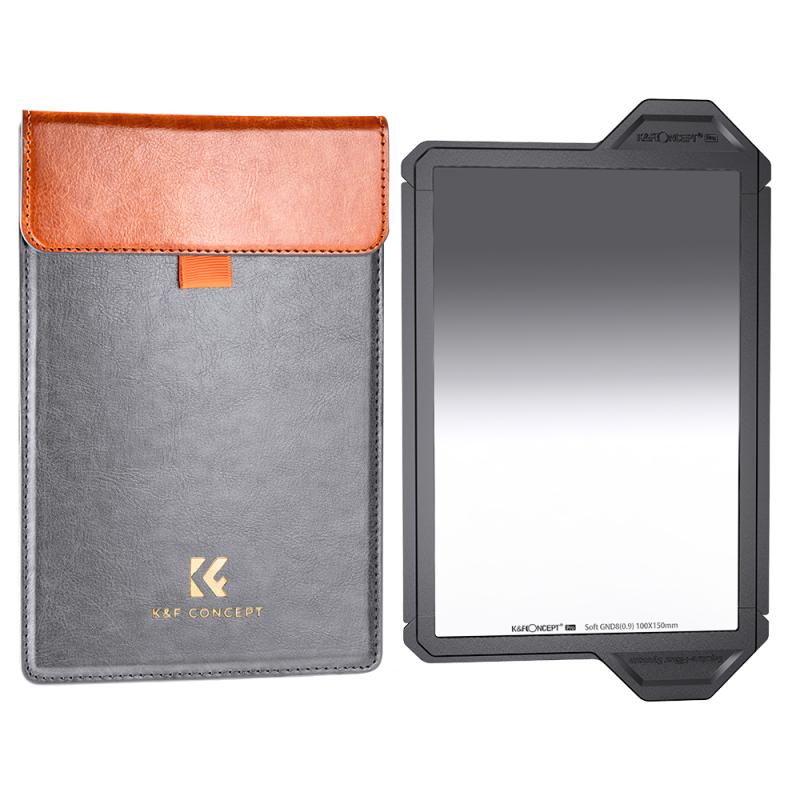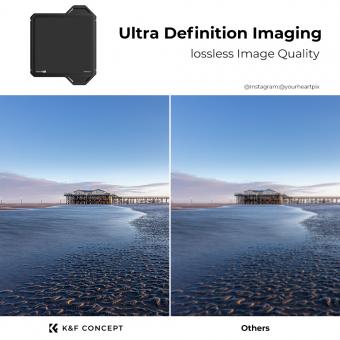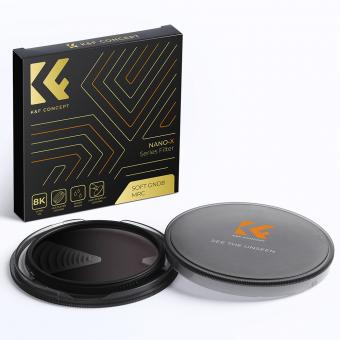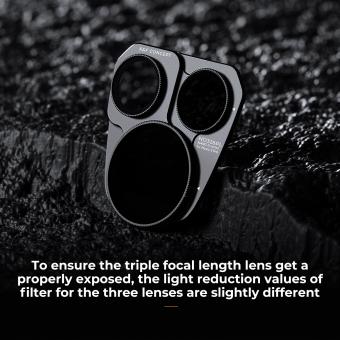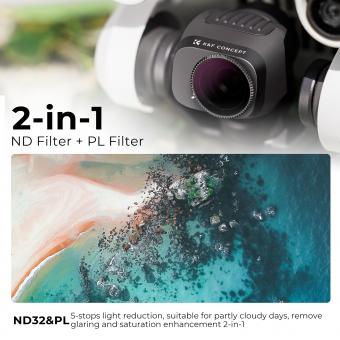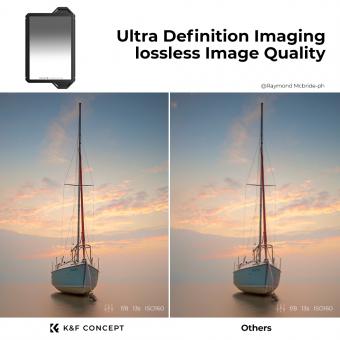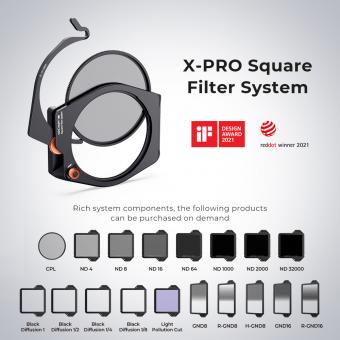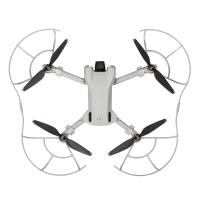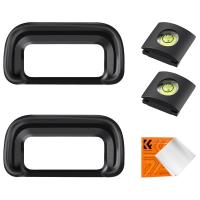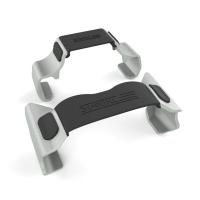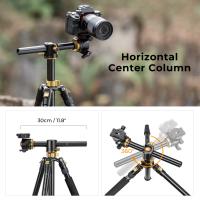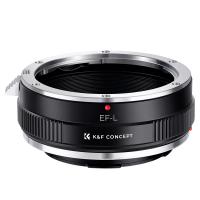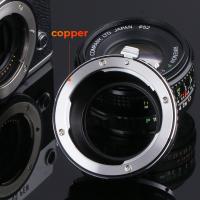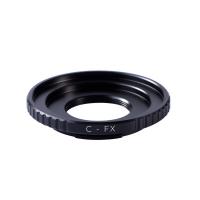How Many Stops Is A 0.9 Nd Filter ?
A 0.9 ND filter is equivalent to a 3-stop reduction in light transmission.
1、 Optical Density
A 0.9 ND filter has an Optical Density of 0.9, which means it reduces the amount of light entering the lens by three stops. This is a common filter strength used by photographers and videographers to achieve a slower shutter speed or wider aperture in bright conditions.
The use of ND filters has become increasingly popular in recent years, especially with the rise of landscape and outdoor photography. By reducing the amount of light entering the lens, photographers can achieve longer exposure times, which can create stunning effects such as silky smooth waterfalls or streaking clouds. ND filters can also be used to achieve a shallower depth of field in bright conditions, allowing for more creative control over the image.
It's worth noting that the number of stops reduced by an ND filter is directly proportional to its Optical Density. For example, a 0.3 ND filter has an Optical Density of 0.3 and reduces the amount of light entering the lens by one stop, while a 1.8 ND filter has an Optical Density of 1.8 and reduces the amount of light entering the lens by six stops.
In conclusion, a 0.9 ND filter reduces the amount of light entering the lens by three stops, making it a popular choice for photographers and videographers looking to achieve longer exposure times or shallower depth of field in bright conditions.
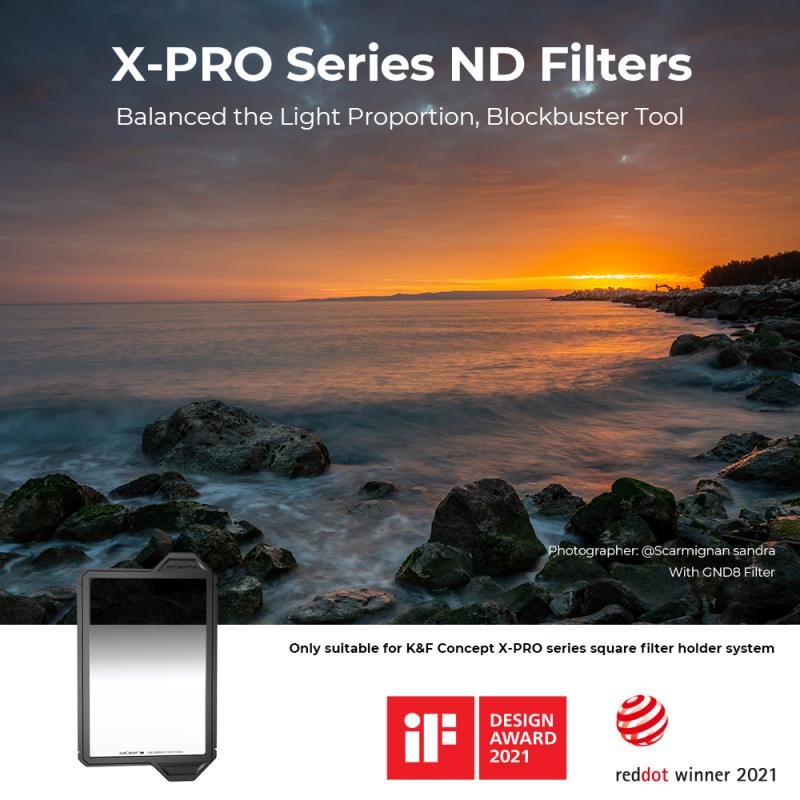
2、 Light Transmission
A 0.9 ND filter is also known as a 3-stop ND filter. This means that it reduces the amount of light entering the lens by three stops, or by a factor of eight. The light transmission of a 0.9 ND filter is approximately 12.5%, which means that only 12.5% of the original light is allowed to pass through the filter.
The use of ND filters is common in photography and videography, especially in situations where the available light is too bright for the desired exposure settings. By reducing the amount of light entering the lens, ND filters allow for longer exposure times, wider apertures, and lower ISO settings, which can result in more creative control over the final image or video.
It is important to note that the light transmission of a 0.9 ND filter may vary slightly depending on the brand and quality of the filter. Additionally, some photographers and videographers may prefer to use a variable ND filter, which allows for adjustable light reduction by rotating the filter ring.
Overall, a 0.9 ND filter is a useful tool for controlling exposure in bright light situations, and its 3-stop light reduction can provide creative opportunities for capturing stunning images and videos.
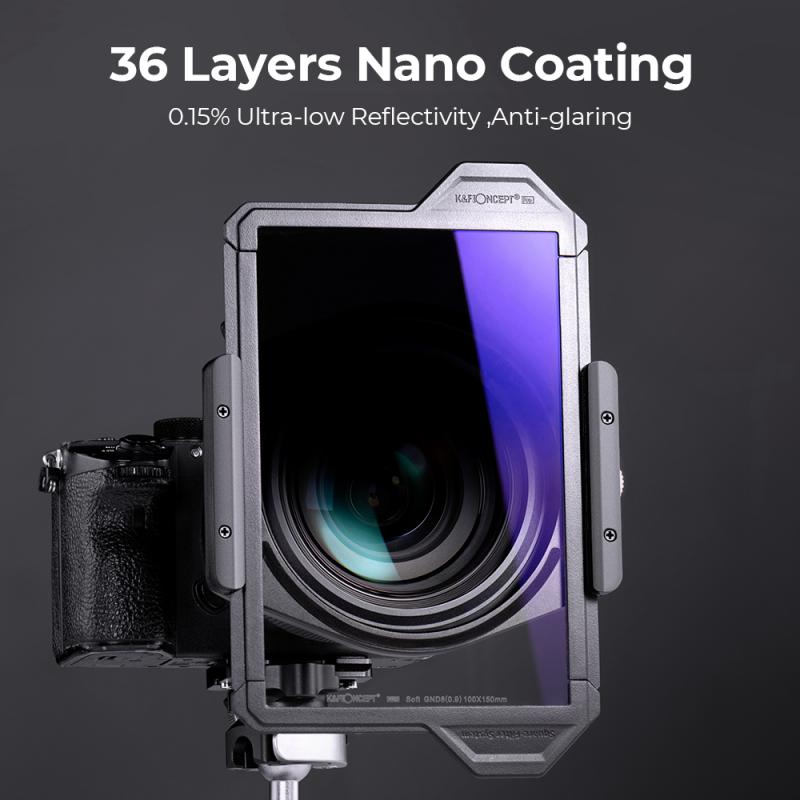
3、 Exposure Reduction
A 0.9 ND filter is commonly known as a 3-stop ND filter. This means that it reduces the amount of light entering the lens by three stops, resulting in a darker image. The term "stop" refers to a unit of measurement used in photography to describe the amount of light that is allowed to pass through the lens. Each stop represents a halving or doubling of the amount of light, depending on whether it is being increased or decreased.
The use of ND filters is essential in photography, especially in situations where there is too much light. For example, when shooting in bright sunlight, the camera's shutter speed may need to be increased to avoid overexposure. However, this can result in a shallow depth of field, which may not be desirable. In such cases, an ND filter can be used to reduce the amount of light entering the lens, allowing for a slower shutter speed and a wider aperture, resulting in a more balanced exposure.
In recent years, there has been a growing trend towards using higher density ND filters, such as the 10-stop ND filter. These filters can be used to create long exposure images, where the shutter speed is slowed down to several seconds or even minutes, resulting in a blurred effect on moving objects such as water or clouds. However, it is important to note that using such high-density filters can also result in color cast and loss of sharpness, which may require additional post-processing.
In conclusion, a 0.9 ND filter is a 3-stop ND filter that reduces the amount of light entering the lens, allowing for a more balanced exposure. While higher density ND filters are becoming increasingly popular, it is important to use them judiciously and be aware of their potential drawbacks.
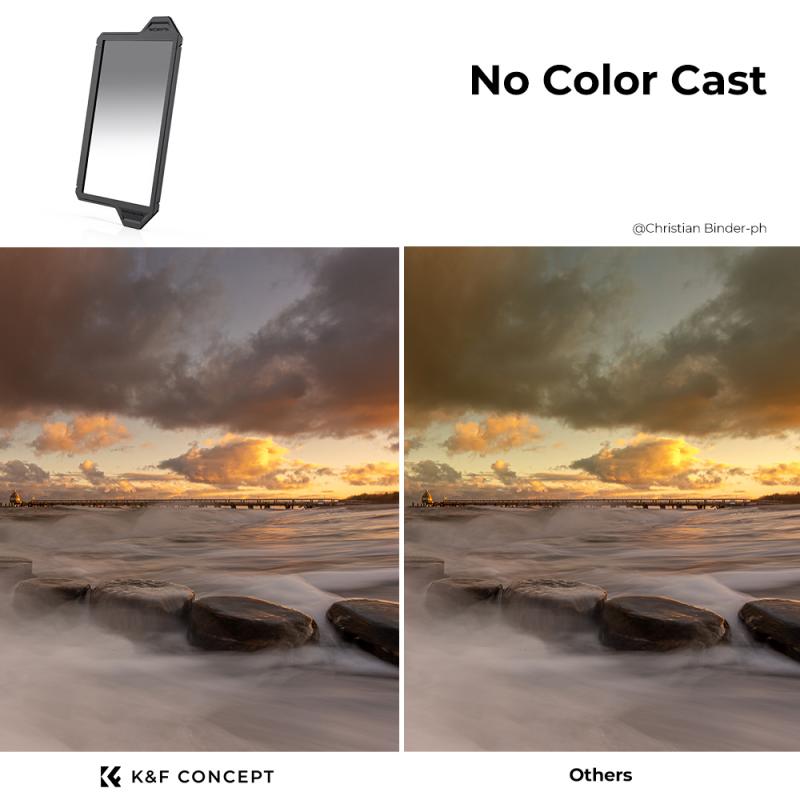
4、 Neutral Coloration
A 0.9 ND filter with neutral coloration typically reduces the amount of light entering the camera by three stops. This means that the filter will allow only 12.5% of the original light to pass through the lens. The reduction in light is useful in situations where the photographer wants to use a slower shutter speed or a wider aperture to achieve a specific effect, such as blurring motion or creating a shallow depth of field.
However, it is important to note that the number of stops reduced by a filter can vary depending on the brand and quality of the filter. Some filters may reduce the light by more or less than three stops, which can affect the final image. Additionally, some filters may introduce color casts or other unwanted effects, which can be corrected in post-processing but can also affect the overall quality of the image.
In recent years, there has been a trend towards using higher density ND filters, such as 10-stop or even 15-stop filters, to achieve longer exposure times and more dramatic effects. These filters can be useful for landscape photography, where the photographer may want to blur water or clouds to create a sense of motion or to remove people or other distractions from the scene.
Overall, the number of stops reduced by a 0.9 ND filter with neutral coloration is three, but it is important to consider the quality and characteristics of the filter when choosing the right one for a specific situation.
